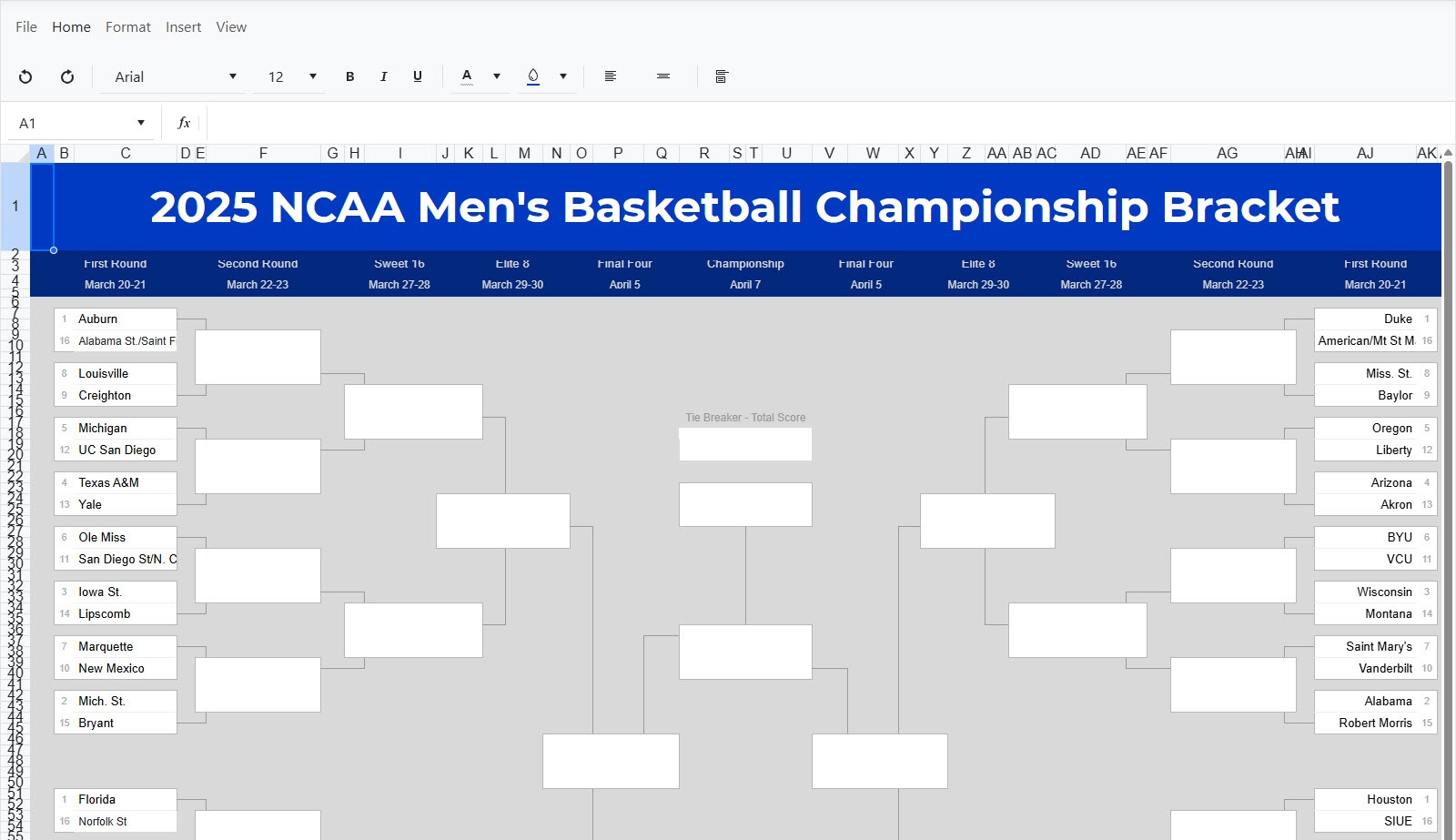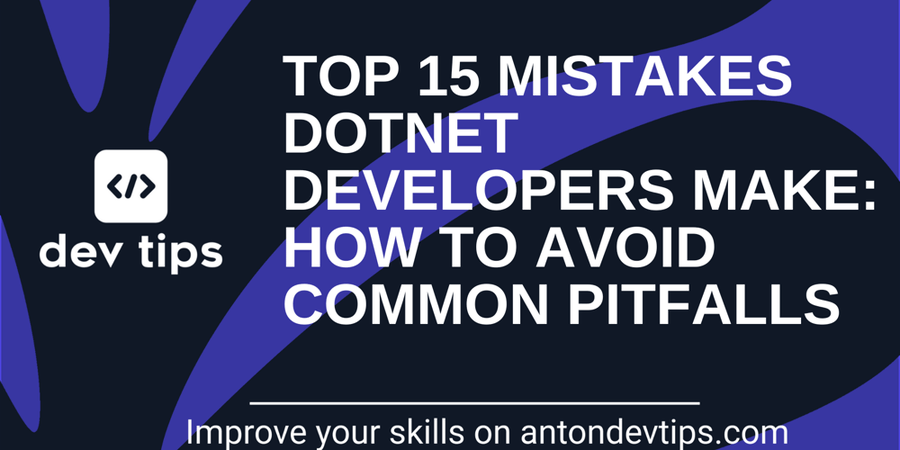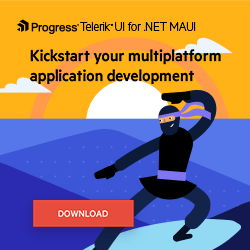Sands of MAUI: Issue #180

Welcome to the Sands of MAUI—newsletter-style issues dedicated to bringing together the latest .NET MAUI content relevant to developers.
A particle of sand—tiny and innocuous. But put a lot of sand particles together and we have something big—a force to reckon with. It is the smallest grains of sand that often add up to form massive beaches, dunes and deserts.
.NET developers are excited with the reality of .NET Multi-platform App UI (.NET MAUI)—the evolution of modern .NET cross-platform developer technology stack. With stable tooling and a rich ecosystem, .NET MAUI empowers developers to build native cross-platform apps for mobile/desktop from single shared codebase, while inviting web technologies in the mix.
While it may take a long flight to reach the sands of MAUI island, developer excitement around .NET MAUI is quite palpable with all the created content. Like the grains of sand, every piece of news/article/documentation/video/tutorial/livestream contributes toward developer experiences in .NET MAUI and we grow a community/ecosystem willing to learn and help.
Sands of MAUI is a humble attempt to collect all the .NET MAUI awesomeness in one place. Here’s what is noteworthy for the week of March 24, 2025:
.NET 10 Preview 2
Modern .NET is powerful, open-source, cross-platform and welcoming to all, with mature tooling accompanied by rich ecosystems. With .NET settling on a yearly cadence, there are fresh new bits for developers every November—the work starts early in the year though. With .NET 9 behind us, the .NET teams at Microsoft have been thinking ahead to what’s next and have taken further steps—say hello to .NET 10 Preview 2.
The second preview release of .NET 10 already adds some big enhancements across the .NET Runtime, SDK, libraries, C# and developer frameworks like ASP.NET Core, Blazor, Aspire, .NET MAUI and more. A recent .NET Unboxed livestream offered a more detailed look into upcoming planned features for Blazor, DevContainers and more. Preview 2 will be a quick pitstop—as the year rolls along, .NET developers can expect a steady cadence of .NET 10 Previews until General Availability in November. Developers will have much to stay tuned to for the latest in .NET—upwards and onwards.

.NET MAUI Toolkit Alerts
.NET MAUI is the evolution of modern .NET cross-platform development stack, allowing developers to reach mobile and desktop form factors from a single shared codebase. Users do expect modern apps to have solid UX. Mobile apps, in particular, need to have quick interactivity to keep users engaged and informed. The right usage of notifications makes a world of difference, and Héctor Pérez wrote up an article to help—exploring .NET MAUI Community Toolkit Alerts.
The .NET MAUI Community Toolkit is a collection of reusable elements designed to enhance .NET MAUI app development. It includes a variety of components such as animations, behaviors, converters, effects, helpers and more. The Alerts in .NET MAUI Community Toolkit are excellent options for displaying information to users about the successful completion of a task or its current state, as well as errors or warnings that may need their attention, without disrupting the app flow.
Héctor starts from scratch with .NET MAUI project bringing in CommunityToolkit.Maui and Progress Telerik UI for .NET MAUI. With simple configurations, it is easy to build up UI for a sample to-do list app. Héctor then dives into two types of alerts—SnackBar and Toasts for .NET MAUI, exploring respective APIs and platform specific configurations. There are lots of ways to customize the alerts. The end result is intuitive notification system that keep app users informed and engaged.

Blazor Spreadsheet Madness
Spring is in the air for much of the world, and that means March Madness in the US—the couple of weeks everyone suddenly cares about basketball. The real competition for sports enthusiasts is with tournament brackets, and Rick Hellwege wrote up a wonderful article bringing in the March Madness fun with Blazor Spreadsheet UI.
While .NET MAUI is squarely meant for developers to build native mobile/desktop apps, armed with modern smart WebViews, .NET MAUI is more than capable of welcoming web content to native land. In fact, Blazor/JavaScript developers should feel empowered to bring web UI components, routing, styling and more to native cross-platform .NET MAUI apps, while gaining complete native platform API access.
The Telerik Blazor Spreadsheet is a powerful component that shows/manipulates tabular data, but without a predefined schema. Rick was able to utilize a PLEXKITS template to load March Madness data into a Blazor Spreadsheet UI to build brackets, as well as demonstrate SQL data persistence through a custom toolbar. And all this works on native mobile/desktop apps as well, through .NET MAUI. It’s a great time to build and show off custom March Madness brackets—just in time to feed our sports obsession.

.NET Developer Mistakes
.NET MAUI is built to enable .NET developers to create cross-platform apps for Android, iOS, macOS and Windows, with deep platform integrations, native UI and hybrid web experiences. While modern developer platforms provide lots of abstractions, language features, coding guardrails and mature tooling, the fact remains developers are still writing .NET code—the basics have to be right. As developers write increasingly complex apps with large codebases, battle-tested design patterns can help maintain sanity—clean code is easier to test and maintain. Anton Martyniuk wrote up a nice article to help developers navigate the waters—top 15 .NET developers mistakes and ways to avoid common pitfalls.
With modern IDEs/tooling and AI help, .NET developers have all the ammunition to write correct .NET code—but much of the help might apply to local contexts. Developers still need to think about architecting the whole solution and maintain high standards of coding practices throughout the codebase. Beginner and experienced .NET developers are susceptible toward making common mistakes. It helps to know actionable solutions to get around roadblocks.
Anton lists out common traps .NET developers can fall into—like not using DI, async/await, validations, telemetry, libraries, EF, tests and much more. For each type of mistake, Anton points out easy-to-follow code samples that showcase how to rectify toward better solutions—the end goal being well-organized code that is not over-engineered, but easy to maintain. Cheers to that.

Progress @ MVP Summit
For Microsoft MVPs/RDs, the MVP Summit is a weeklong gathering of hardcore Microsoft tech enthusiasts—folks from all over the world get together on Redmond campus or online. The days do feel like drinking from the firehose, as Microsoft PM/Engineering folks share what’s on the horizon across product suites, frameworks and developer tooling. The intersection of roadmap discussions, product feedback and engaged conversations often sets the stage for what’s to come next for solutions built around Microsoft technology stacks.
While Microsoft offers a wide breadth of technologies, .NET is where our love is. Progress has a long history of making .NET developers more productive with Telerik, Kendo UI, Fiddler, Sitefinity and more. MVP Summit is the perfect opportunity to connect with like-minded .NET folks, network and open up new possibilities.
At the end of a long day of sessions and brainstorming, it would be nice if the nerds had a place to hang out in a relaxed environment—Progress Telerik folks are here to oblige. Folks are invited to come hang with Progress @ the Redmond Aloft on March 26, 6-8 p.m. PST—get some finger food and drinks. Hug old friends, make new ones and talk up all things tech.

That’s it for now.
We’ll see you next week with more awesome content relevant to .NET MAUI.
Cheers, developers!

Sam Basu
Sam Basu is a technologist, author, speaker, Microsoft MVP and gadget lover. With a long developer background, he also worked as a Developer Advocacy Manager for advocating modern web/mobile/cloud development platforms on Microsoft/Telerik/Kendo UI technology stacks. His spare times call for travel, fast cars, cricket and culinary adventures with the family.

